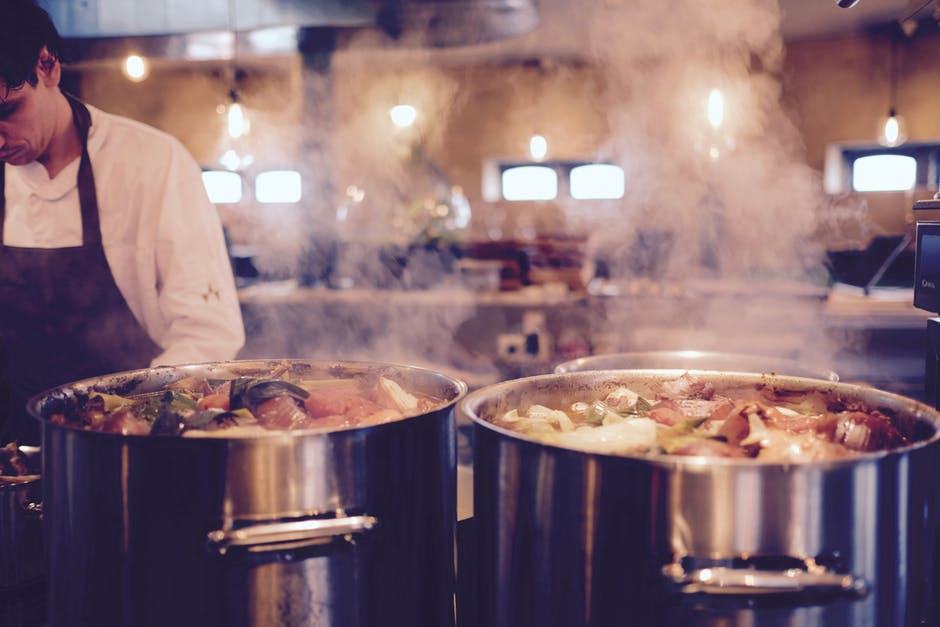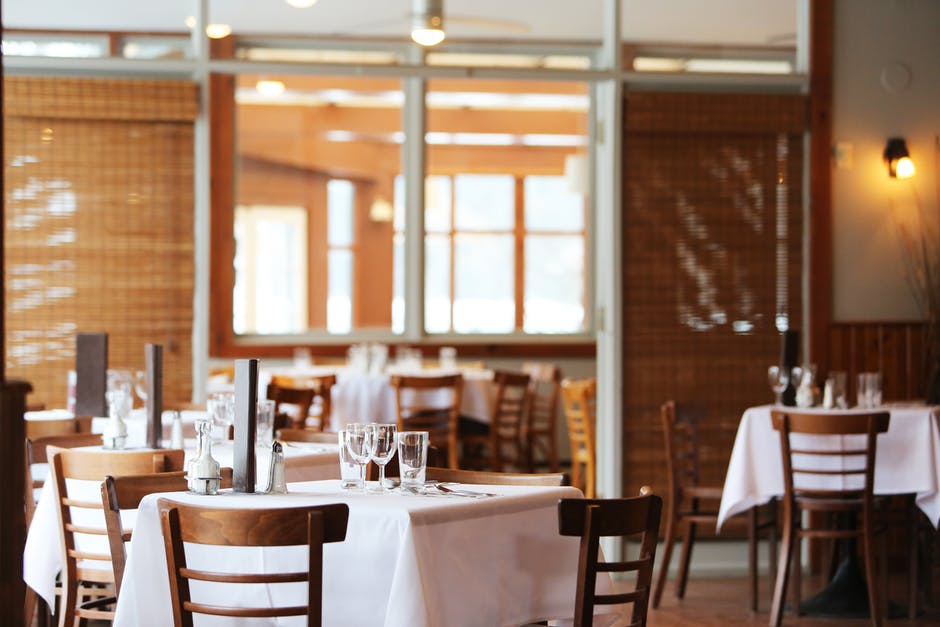Commercial kitchens are under constant threat of fire due to the nature of the business – be sure to avoid fire suppression mistakes. Heat, flames, combustibles – these are deadly in this environment. Learn about common fire suppression mistakes in restaurants and what to do to keep your staff and patrons safe.
Common Fire Suppression Mistakes in Restaurants
Here’s a look at some common mistakes found in restaurants and how to prevent them.
Cooking Equipment Isn’t Within the Fire Suppression System’s Reach
Commercial kitchen appliances are frequently wheeled around for cleaning and operation. When these appliances aren’t repositioned correctly, they have the potential to now sit outside of the range of the system. This is one of the errors that render your existing equipment useless. When out of place, the system cannot provide coverage for this appliance.
Prevent fire suppression mistakes: Every time the kitchen is cleaned, appliances must be checked for proper positioning. Install wheel dock safety brackets on all equipment. This helps properly align equipment after cleaning.
Floors and Walls Aren’t Clean
While a fire starts on a cooking surface, it quickly spreads if the floors, walls and other surrounding surfaces are not clean. Grease buildup on walls and floors is a serious problem in restaurant kitchens, especially in those who fry a great deal. The duct system exposes another route for a fire to spread when there is grease buildup.
Prevent fire suppression mistakes: Ensure your kitchen is thoroughly cleaned on a regular basis. Use the proper supplies and methods to remove grease from walls, floors and other surfaces every day, as well as before inspections.
The Kitchen Has Expanded
When a kitchen expands, the fire suppression system needs to expand, too. New equipment or upgraded appliances move out of range of the current fire suppression equipment. Efforts to improve workflow or accommodate growth leave everything vulnerable.
Prevent fire suppression mistakes: If you plan to rearrange or expand your kitchen, don’t forget about your fire suppression system! As you plan for improvements, plan to inspect, reconfigure and expand the fire suppression system as well.
Lack of Maintenance
Poorly-maintained kitchen appliances and equipment are a great fire hazard. Frequently, kitchens position cords out of sight and out of reach. It’s easy for damage to go unnoticed until a problem surfaces.
Fire safety codes require regular inspection and cleaning of commercial kitchen exhaust fans. This often neglected critical maintenance step increases the risk of fire in your kitchen.
Prevent fire suppression mistakes: First, regularly inspect all kitchen appliances for damaged wiring and controls. Take damaged equipment out of service. Repair and test it for safety, then return it. Use a professional trained to service this specialized equipment for repairs.
Second, enforce a regular cleaning schedule of your kitchen’s exhaust fan system. Follow the correct cleaning schedule for the type of commercial kitchen exhaust fan your restaurant uses.
Third, ensure your restaurant’s emergency equipment is operational with regular testing. Check emergency lighting and exit systems, fire and smoke alarms, and other equipment on a regular basis.
Malfunctioning Fire Suppression System
Assumption of safety after installing the fire suppression system. If it’s not operational, however, it’s of no use to your kitchen. While these systems are highly effective, they do have a small risk of failure.
Prevent fire suppression mistakes: Regularly inspect and test your kitchen’s fire suppression system. Work this into your kitchen’s regular maintenance routine to ensure safety and proper functioning.
Avoid Fire Suppression Mistakes with Assistance from SLM Facility Solutions
In conclusion, avoid these common fire suppression mistakes to improve safety and maintain compliance. SLM Facility Solutions installs, services, and maintains fire suppression systems for the restaurant industry. Contact us today for help with your restaurant’s fire suppression needs.



